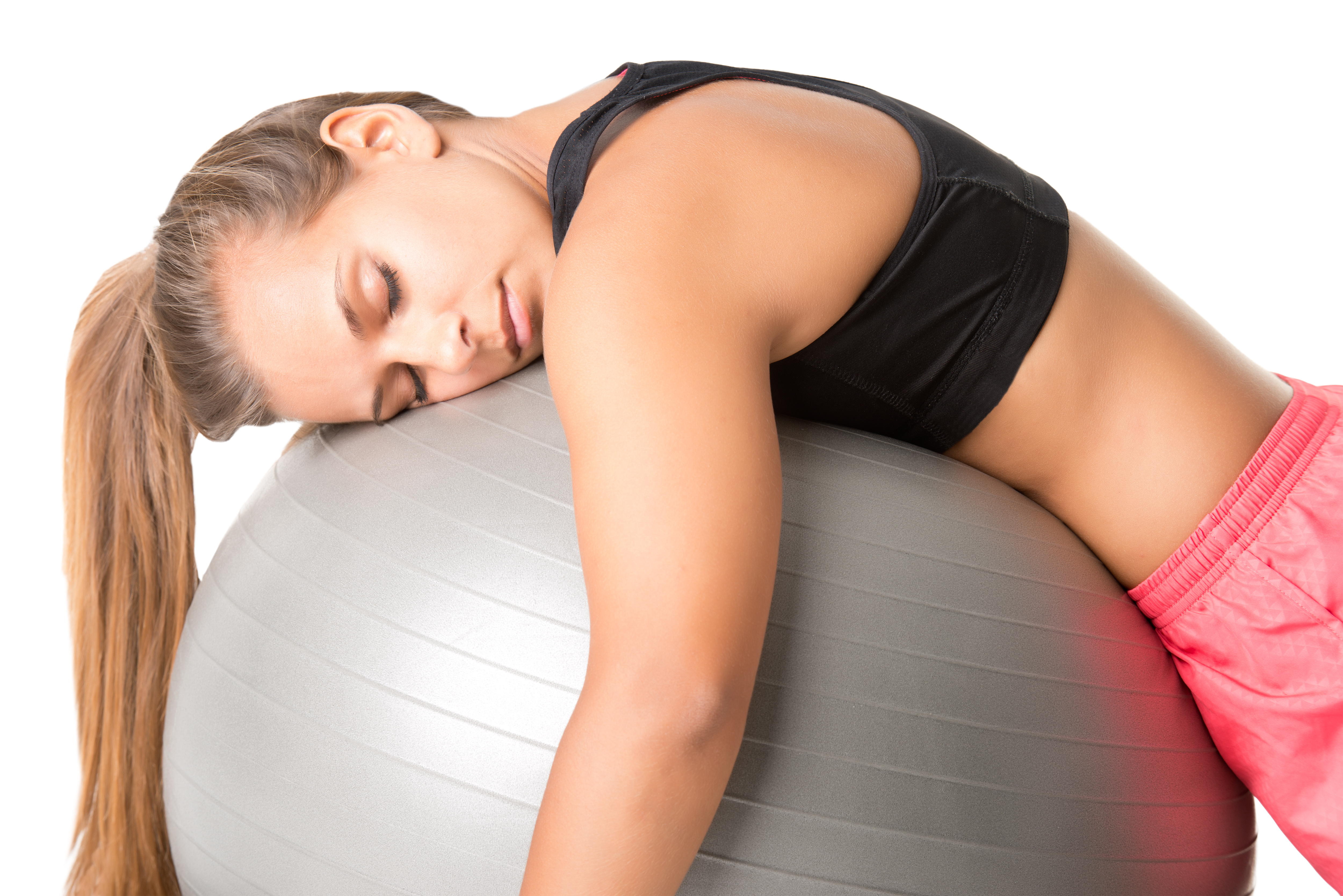
As coaches we often talk about the importance of our athletes being able to adapt to non-ideal situations in games and practice. However, as coaches we must be able to adapt as well…especially when it comes to programming. Today was a great example when a 15-year-old volleyball player came in for training. She looked exhausted and I knew she did not need to be involved with her regular training program.
Give you some background so you have some context. She will finish up her club volleyball season next week at Nationals. She started “optional” high school conditioning workouts two weeks prior. Her high school team wrapped up an “optional” three-day extensive tournament two days ago. Yesterday, she went through a heavy volume squat day with her high school team.
After assessing her condition and knowing that in 4 days she would be on the biggest stage of her season, there was no way she was going to touch a weight today. She was physically and mentally drained, stressed (based on the self-assessment she gave herself on her pre-workout log), sore, and extremely tight.
The responsibility of a coach is to give the athlete what he/she needs at the right time; she needed a complete de-load physically and more importantly mentally. Was it ideal for me to change her programming on the fly with other clients on the floor? No. Was it ideal to have her doing something completely different then the other athletes? No. Did it take careful consideration for what she needed? Yes. Did she leave the session more relaxed? Yes. Did she leave the session feeling more energized? Yes.
Focus on what the athlete needs: rest, recovery, mobility, soft tissue care, hydration, etc.. Ask the right questions and pay attention to the answers. Listen! It only takes a minute.
For those interested, I posted her training session below:
- 15 minutes SMFR (Even though rolling for more than about 5 minutes really probably didn’t do much, she was moving slowly and started to relax.)
- 3 Rounds of Deep Breathing and Mobility – She performed each exercise with 5 reps each side and completed the full routine before starting the next round. To incorporate mental relaxation and to become mindful of her breathing, she would inhale for 2 seconds before going into the stretch and exhale for a minimum of 4 seconds as she performed the movement.
- Wall Ankle Mobs
- Wall Hip Flexor Mobs
- Split Stance Adductor Mobs
- Walking Spiderman with a Hip Raise
- Walking Lunge w/OH Reach
- Squat to Overhead Reach
- Glute Activation 1 Round of 10ea
- Single Leg Hip Bridge
- Lateral Squat Walk
- Seated Abduction (3-Way)
- Shoulder Manuals
Total Time 45 minutes.
Pages: